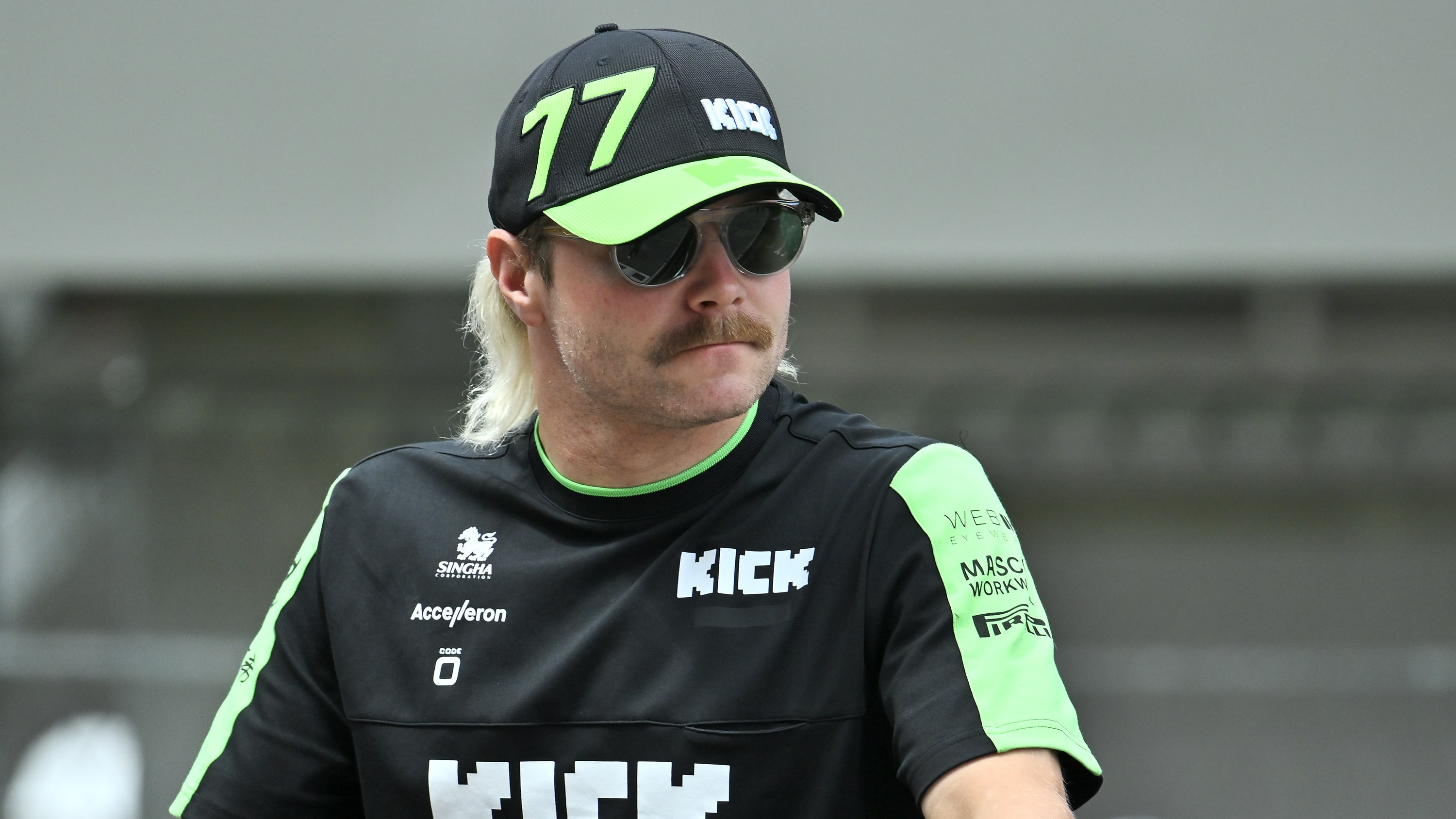Datsun Buyer’s Guide: What to Know Before You Build
Planning a Datsun build? Learn everything you need to know before buying, from model differences and condition checks to engine options, suspension upgrades, and common pitfalls for first-time restorers.
TL;DR
-
Choose Wisely: Series 1, 2, or 3? Each has pros, cons, and a unique appeal.
-
Inspect Thoroughly: Look for rust, frame integrity, and original components before committing.
-
Plan Your Build: Decide between OEM+, restomod, or full custom, and budget for engine, suspension, and brake upgrades.
Why the Datsun Series Remains a Must-Build Classic
Few cars have left as lasting a mark on automotive history as the Datsun 240Z. Introduced in 1969, it wasn’t just Nissan’s first true sports car—it was Japan’s bold statement to the world that performance, style, and affordability could coexist. Lightweight, sleek, and surprisingly agile, the 240Z instantly captured the imagination of enthusiasts, transforming the Japanese sports car into a global phenomenon.
Today, decades later, the allure of the 240Z remains stronger than ever. Collectors prize its timeless design, tuners embrace its adaptable chassis, and father-son duos like Chris and Royce Raquel continue to find inspiration in its combination of classic lines and mechanical purity. But buying and building one isn’t as simple as spotting a clean body online—it requires research, planning, and a clear vision for the type of project you want to pursue.
Whether you’re considering a Series 1 model for an OEM+ restoration, a Series 2 for a period-correct restomod, or a full custom build that blends old-school style with modern performance, this guide will walk you through everything you need to know. From spotting rust to choosing an engine setup, suspension upgrades, and interior finishes, we’ll cover the critical steps to ensure your 240Z build is both rewarding and successful.
By the end of this article, you’ll have a complete roadmap to make informed decisions, avoid common pitfalls, and start your own 240Z project with confidence—ready to honour the legacy while creating a car uniquely yours.

Understanding the Datsun Models
The Datsuns, introduced in 1969, became an instant classic thanks to their combination of lightweight chassis, sleek styling, and affordable performance. Knowing which model to buy is crucial:
-
Series 1 (1969–1970): The purest classic, with smaller bumpers, cleaner lines, and highly collectable. Perfect for OEM+ builds.
-
Series 2 (1971–1973): Slightly larger bumpers, minor interior updates, slightly less rare but easier to find replacement parts.
-
Series 3 (1974): Transitional model, less desirable for purists but can be a solid restomod base.
Chris and Royce Raquel opted for a Series 1 due to its authenticity, timeless styling, and direct connection to their Japanese inspiration.
Inspecting a Datsun Before Purchase
Buying a 240Z isn’t just about looks—condition matters:
-
Rust Check: Look at the battery tray, sills, floor pans, and rear wheel arches. Rust is the biggest challenge in older cars.
-
Chassis and Frame: Ensure structural integrity; bent or weakened frames can make a restoration nearly impossible.
-
Engine and Transmission: Check for leaks, smoking, and unusual noises. Decide if you want the original L24/L26/L28 or plan an upgrade.
-
Suspension and Brakes: Inspect original components; many require upgrades for modern driving reliability.
-
Interior Condition: Seats, dash, and gauges affect both aesthetics and driving experience. OEM+ projects often retain original features with subtle modern enhancements.
For inspiration on proper restoration techniques, see:

Planning Your Build: OEM+, Restomod, or Full Custom
Before you start, decide how far you want to go:
-
OEM+: Subtle upgrades that preserve the car’s original beauty while enhancing performance and reliability. Ideal for purists.
-
Restomod: Period-correct styling combined with modern engines, brakes, and suspension. Balanced approach for performance and usability.
-
Full Custom: Complete freedom for widebody kits, turbo swaps, and track-focused modifications. Most expensive, but maximises individuality.
Chris and Royce followed an OEM+ philosophy, preserving the Series 1’s clean lines while upgrading engine, brakes, and suspension for modern performance.
Engine and Performance Considerations
The L28 engine is the most common swap, offering excellent reliability and tunability. Common upgrades include:
-
Triple Mikuni carbs for analog responsiveness
-
Stroker kits for more displacement and torque
-
Fujitsubo or equivalent exhausts for classic sound and improved airflow
-
R200 differential upgrades for drivability and traction
Suspension, brakes, and tires must be upgraded to match the engine’s performance:
-
BC Racing coilovers for adjustability
-
Wilwood big brake kits for stopping power
-
Z Forged or classic wheels with period-correct or sticky tires
For detailed recommendations, see: Best Engine Upgrades for a Datsun 240Z L28 Mikuni Setup

Budgeting and Pitfalls
A Datsun build requires financial planning:
-
Purchase price: $30k–$100k+ depending on condition and model
-
Restoration parts: rust repair, suspension, engine, brakes
-
Labour: professional alignment, fabrication, or engine work
Common pitfalls include: underestimating rust repair, over-modifying the car beyond its character, or skipping proper research on sourcing authentic components.
Final Thoughts: Building a Legacy
Owning and building a 240Z isn’t just a hobby—it’s a connection to Japanese automotive history. From Hakone drives to Devil Z inspiration, every choice in your build should honour the car’s heritage while reflecting your personal style.
Chris Raquel sums it up: “The 240Z is more than a car—it’s a story, a memory, and a legacy. Build it right, and it will give back a lifetime of experiences.”
Amazon Magazine Features
- Stance Auto Magazine Japanese Classic Cars Vol2
- Stance Auto Magazine July 2025
- Modified Car Magazine The JDM Magazine
- Stance Auto Magazine The 90's JDM Classics – June 2025
- Stance Auto Magazine JDM Classics The 90s
Further Reading for The Datsun 240Z
-
The History of the Datsun 240Z: Japan’s First Sports Icon
Explore the origins of the 240Z, its rise in Japan and the U.S., and why it became the foundation of JDM sports car culture.
-
Building a Datsun 240Z Restomod: OEM+ vs Full Custom
A deep dive into the philosophies behind different 240Z builds, including subtle OEM+ upgrades and extreme full custom conversions.
-
Driving the Hakone Turnpike: Japan’s Legendary Mountain Roads
Learn about the famous Hakone driving routes that inspired generations of JDM enthusiasts and influenced countless Z builds.
-
Why the Devil Z Still Inspires Fairlady Z Builders Today
Discover how the iconic Devil Z set styling and performance benchmarks that continue to shape modern 240Z builds.
-
Datsun 240Z Buyer’s Guide: What to Know Before You Build
Everything you need to inspect, plan, and budget for a successful 240Z build, from rust checks to engine and suspension choices.
-
Datsun 240Z Review: The Iconic Japanese Sports Car
A full model spotlight and review of the 240Z, covering driving experience, engineering, and collector appeal.
-
How the 240Z Helped Define JDM Car Culture in America
Explore the influence of the 240Z on early U.S. tuner culture, midnight street runs, and the rise of Japanese performance cars.
-
1972 Datsun 240Z – Roy Rolon
A featured build showcasing the restoration and customization of a 1972 240Z, highlighting craftsmanship and modern upgrades.
-
Restored 1970 Datsun 240Z Series 1 with L28 Mikuni Build
An in-depth look at a complete Series 1 restoration, featuring L28 engine upgrades and period-correct Mikuni carb setups.
-
1973 Datsun 240Z – Dylan Brinkworth
Another inspiring 240Z build highlighting modern performance enhancements while respecting the car’s classic lines.
Call to Action
Do you have a build story like this one? Got a build on a budget? We want to see it. Submit your story to Stance Auto Magazine, and you could be the next featured owner showing the world how to do it right—without breaking the bank.
And hey, don’t forget to tag us on socials. Use #stanceautomag on Instagram, Pinterest and Facebook so we can see (and maybe feature) your ride.
Test Your JDM Car Knowledge and Take Our No. 1 JDM Car Quiz

Order Your Stance Auto Car Magazines From Our Amazon Book Store
Test Your Automotive Knowledge and Take Our No. 1 Car Quiz
Get Noticed Use our Hashtags - #stanceauto #stanceautomag #stanceautomagazine #modifiedcarmagazine
UKTM no: UK00003572459
 Like
0
Like
0
 Dislike
0
Dislike
0
 Love
0
Love
0
 Funny
0
Funny
0
 Angry
0
Angry
0
 Sad
0
Sad
0
 Wow
0
Wow
0

























































































.png)












![[HOONIGAN] Ken Block's GYMKHANA NINE](https://img.youtube.com/vi/_bkX5VkZg8U/maxresdefault.jpg)


















































































![[HOONIGAN] KEN BLOCK'S GYMKHANA SEVEN: WILD IN THE STREETS OF LOS ANGELES](https://cdn.motor1.com/images/mgl/2KlO4/s1/ken-block-london-tour-directors-cut.jpg)
































































